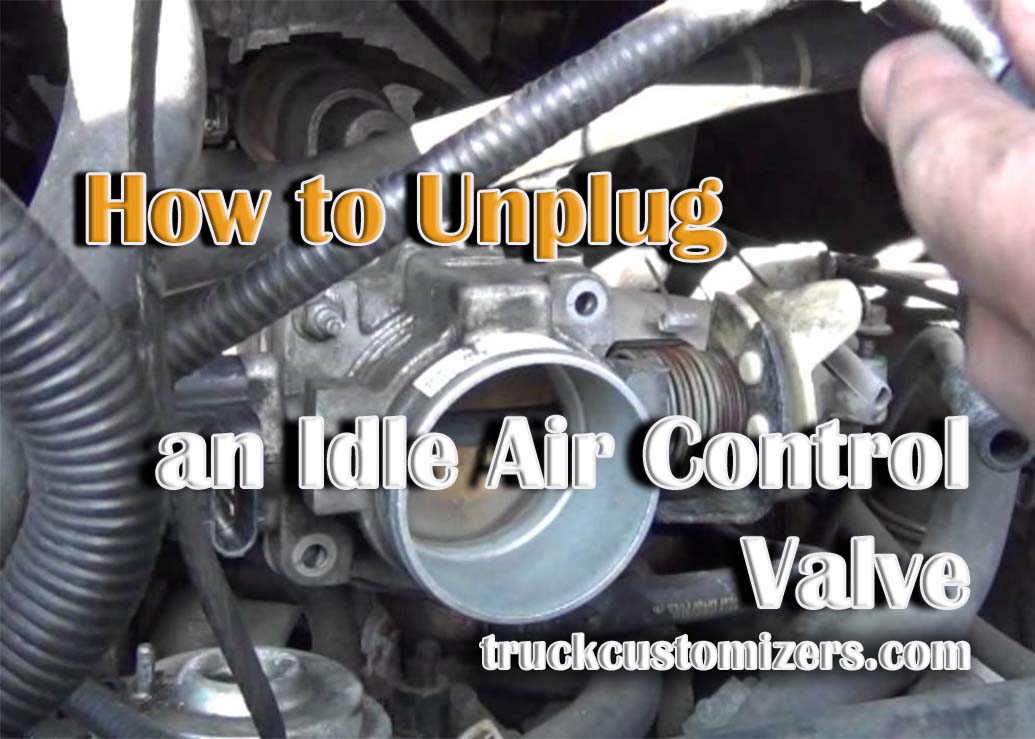What should you you anticipate After the replacement of the Idle Air Control Valve

In the event that you've been experiencing a rough engine idle and poor fuel efficiency, it might be time to consider the idle air control valve in your vehicle. This small but crucial component helps manage the amount of air that gets into the engine while idling, providing a smooth and stable performance. With time, the idle air control valve might become obstructed or faulty, resulting in various problems that may affect how you drive.
Replacing the idle air control valve is generally an easy task, but many drivers may wonder what will happen next. In the following text, we will discuss the signals that show it’s time for a new valve, in addition to the enhancements you might notice after you swap out the old valve. Grasping these factors will assist you maintain the performance and reliability of your vehicle.
Understanding the Idle Air Control Valve
The IAC valve, also known as the IAC valve, plays a vital role in controlling the engine's idling speed. It manages the amount of air that flows around the throttle plate in fuel-injected engines, which assists maintain a stable engine idle when the vehicle is at rest. This is necessary for efficient vehicle operation and performance, particularly when the engine is at a low temperature or under different load conditions.
When the IAC valve fails, multiple issues can arise. Drivers may experience signs such as choppy idling, stalling, or issues starting the engine. These problems occur because the engine is unable to receive the correct amount of air needed to maintain the optimal idle speed. In some cases, the engine warning light may illuminate, indicating an issue with the IAC system that should not be ignored.
Replacing a malfunctioning idle air control valve often fixes these issues and restores normal engine function. However, it is important to ensure that the replacement valve is matching with your vehicle model and that it is installed properly. Routine upkeep and timely replacement of the IAC valve can help prevent further engine issues and promote a better driving experience.
Signs of a Faulty Idle Air Control Valve

One of the most evident indicators of a defective idle air control valve is irregular idling. If your vehicle's engine is revving up and down unexpectedly when at a stop, it may indicate that the idle air control valve is failing. A properly functioning valve should maintain a consistent idle speed, so fluctuations in engine RPM can signal an issue that needs addressing.
Another regular symptom is stalling, particularly when the engine is idling or when coming to a stop. If your vehicle often stalls or struggles to maintain traction at low speeds, the idle air control valve may not be allowing the appropriate amount of air into the engine. This disturbance in airflow can lead to declined engine performance and driving difficulties.
Additionally, you may notice an effect on fuel efficiency. A malfunctioning idle air control valve can lead to the engine to consume more fuel than necessary as it struggles to maintain an efficient air-fuel mixture. If you notice yourself visiting the gas station more frequently without changes in driving patterns, it might be wise to inspect or think about changing the idle air control valve .
Post-Replacement Guidelines and Upkeep
After replacing your idle air control valve, it's important to check your car's performance carefully. Pay attention of any changes in motor behavior, notably at idle. If the engine functions better and the RPM at idle normalizes, that shows a proper installation. However, if you see any lingering concerns such as engine stalling or uneven idling, it may be wise to confirm the installation or consult a car expert to make sure everything is operating properly.
Routine maintenance is essential to prolonging the longevity of your new IAC valve. Keep your intake system clean and free from contaminants, as impurities can hinder the valve's performance. Additionally, it’s wise to clean your throttle body during routine maintenance. Keeping the throttle body free of gunk can boost airflow and support the idle control valve in ensuring peak engine performance.
In conclusion, take note to your automobile's state. Routine inspect related components such as intake filters, vacuum hoses, and airflow sensors. Address any concerns promptly to prevent strain on the IAC valve. By maintaining these areas, you can guarantee that your engine functions well, ultimately boosting your automobile's performance and longevity.
